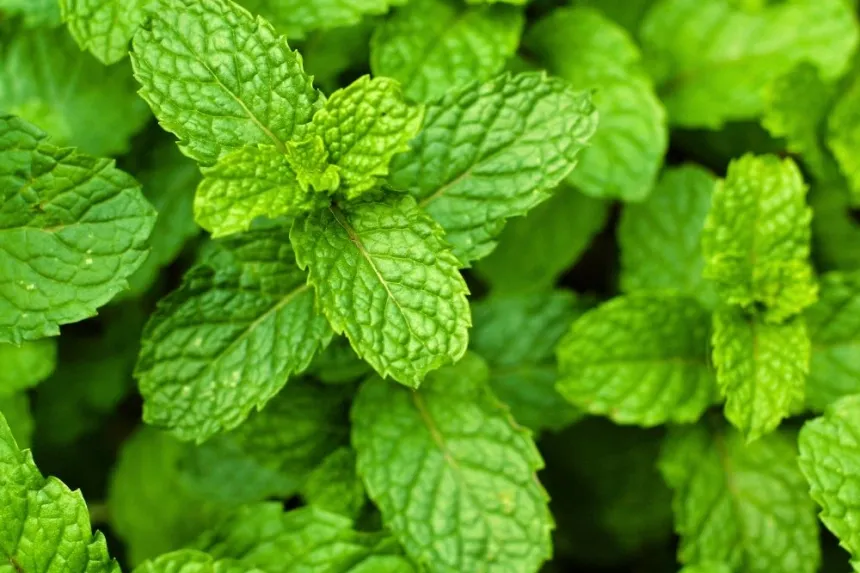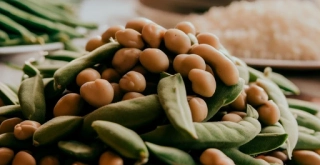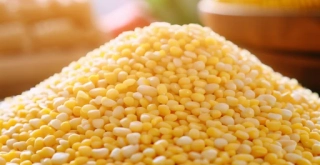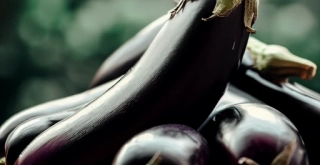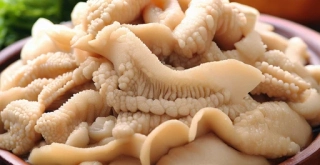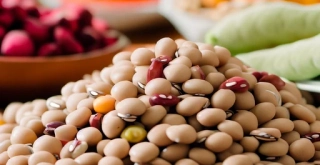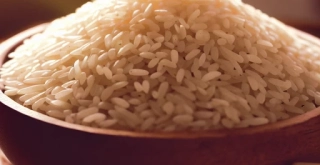How to enjoy purslane in your daily diet

Purslane is a plant that has gained popularity in recent years due to its multiple nutritional benefits and versatility in the kitchen. Consumed in various cultures, this succulent is rich in nutrients and can be an excellent addition to different dishes. In this article, I present various ways to incorporate purslane into your daily diet.
What is purslane?
Purslane, also known as Portulaca oleracea, is a succulent-leaved plant found in many regions of the world. It is characterized by its thin stems and bright green leaves. In addition to its culinary uses, purslane is known for its nutritional properties, as it contains omega-3 fatty acids, antioxidants, vitamins A and C, as well as minerals such as iron and magnesium.
Nutritional benefits of purslane
High in Omega-3
One of the standout aspects of purslane is its content of omega-3 fatty acids, which are essential for cardiovascular health and the proper functioning of the brain.
Rich in Antioxidants
Purslane is rich in antioxidants that help combat cellular damage and reduce the risk of chronic diseases.
Read also
Source of Vitamins and Minerals
This plant is a good source of vitamins A and C, as well as minerals such as iron and magnesium, which are fundamental for the proper functioning of the body.
How to consume purslane
In salads
One of the freshest and simplest ways to enjoy purslane is by incorporating it into salads. Just wash the leaves and mix them with other vegetables like tomatoes, cucumbers, and carrots. You can dress it with olive oil and lemon to enhance its flavor.
Cooked
Purslane can also be cooked. You can sauté it with garlic and onion or add it to stews and soups. This not only enhances its flavor but also makes it more digestible.
In smoothies
Another delicious option is to add purslane to your smoothies. Due to its mild flavor, it pairs well with fruits like bananas, strawberries, or mango. This way, you'll get a nutrient-rich smoothie high in antioxidants.
Sauce preparation
Including purslane in sauces or pestos is a creative way to take advantage of its flavor and nutrients. Blend the leaves with nuts, garlic, olive oil, and cheese to get a unique and tasty pesto.
Where to find purslane
Purslane can be found in local markets, supermarkets, or even home gardens, as it is easy to cultivate. Make sure to choose fresh and crispy leaves to make the most of its flavor and benefits.
Precautions when consuming purslane
While purslane has many benefits, it's important to remember that it contains oxalates, which can interfere with calcium absorption. Therefore, it's recommended to consume it in moderation, especially if you have a predisposition to kidney stones or mineral absorption issues.
Incorporating purslane into your diet can be an excellent way to boost the nutritional content of your meals. Experiment with different preparations and enjoy all the benefits this plant can offer. For more news related to health and nutrition, I invite you to explore my blog. See you soon!

